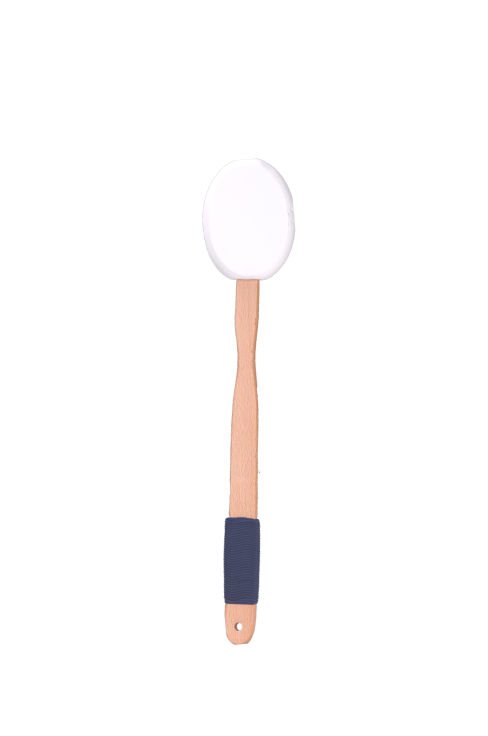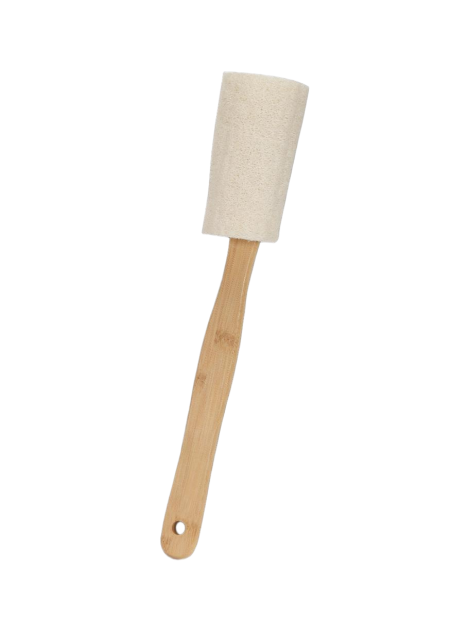A massage hair brush cannot directly "create" new hair growth because it cannot change fundamental hair growth factors such as genetics and hormones. However, proper use of a massage hair brush can create a healthier environment for hair growth in several ways, potentially making hair appear thicker and healthier, and indirectly supporting existing hair growth.
1. Positive Benefits of a Massage Hair Brush
Effectively Stimulates Scalp Blood Circulation:
This is the most important benefit. The physical massage from the brush head promotes the dilation of capillaries in the scalp, increasing blood flow.
Better blood circulation means more oxygen and nutrients (such as vitamins and minerals) can be delivered to the hair follicles, while metabolic waste is removed more efficiently. This helps hair follicles maintain optimal health, thus supporting better growth of hair in the growth phase.
Helps Unclog Hair Follicles: Excess oil, dead skin cells, and hair product residue can accumulate on the scalp and hair follicle openings. Long-term blockage can affect hair follicle health.
Regular, gentle brushing of the scalp can help clear these blockages, allowing hair follicles to "breathe" more freely. Evenly Distribute Natural Oils (Sesame): Our scalp secretes sebum, a natural conditioner. Brushing from roots to ends evenly distributes these precious natural oils throughout the hair.
This naturally moisturizes the hair, increasing shine and resilience, reducing breakage caused by dryness and brittleness, and making hair look fuller overall.
Relieve Stress and Tension: Scalp massage is known for its relaxing effects. A soothing scalp massage can help reduce stress, which is a contributing factor to hair loss or telogen effluvium.
Reduce Breakage: Using a well-designed massage brush (such as one with wide teeth and rounded massage beads) gently detangles hair, preventing breakage from pulling during combing. Retaining more existing hair naturally results in a fuller appearance.
2. Important Precautions and Clarifications
Cannot Reverse Hereditary Hair Loss: The most common type of hair loss is androgenetic alopecia (male pattern baldness and female pattern baldness), which is primarily determined by genetics and hormones (DHT). Massage brushes cannot prevent DHT from damaging sensitive hair follicles and therefore cannot treat this type of hair loss.
Overuse or Roughness Can Be Counterproductive: If too much force is used, or if the brush is poorly designed (with sharp teeth), it may scratch the scalp, pull and damage hair follicles, leading to hair breakage and even inflammation, which is detrimental to hair growth.
Cleanliness is Key: An unclean brush will bring oil, bacteria, and product residue back to the scalp, potentially causing folliculitis or other scalp problems, thus hindering hair growth.
3. How to Use a Massage Brush Correctly?
Choose the Right Tool: Choose a brush with smooth massage beads at the ends of the comb teeth. Materials should ideally be natural bristles or high-quality anti-static plastic. Ensure the brush is soft and flexible.
Use gentle techniques: Gently massage the scalp in circular motions until you feel comfortable and relaxed; do not scrub vigorously.
Clean your hairbrush regularly: It is recommended to clean it once a week to remove tangled hair and accumulated dirt.
Consistency is key: Like any health regimen, occasional use will not yield significant results; long-term consistency is required to see improvements.
Combine with other healthy habits: The massage hairbrush is only an auxiliary tool. A balanced diet, sufficient sleep, stress management, and proper hair washing and conditioning habits form the foundation for healthy hair growth.


 En
En
 English
English Français
Français
-1.jpg)
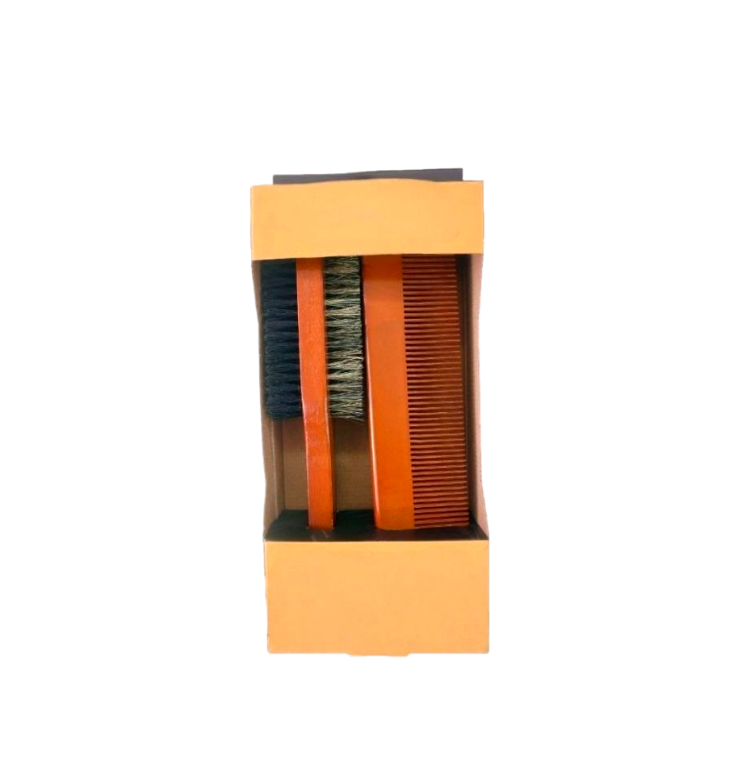
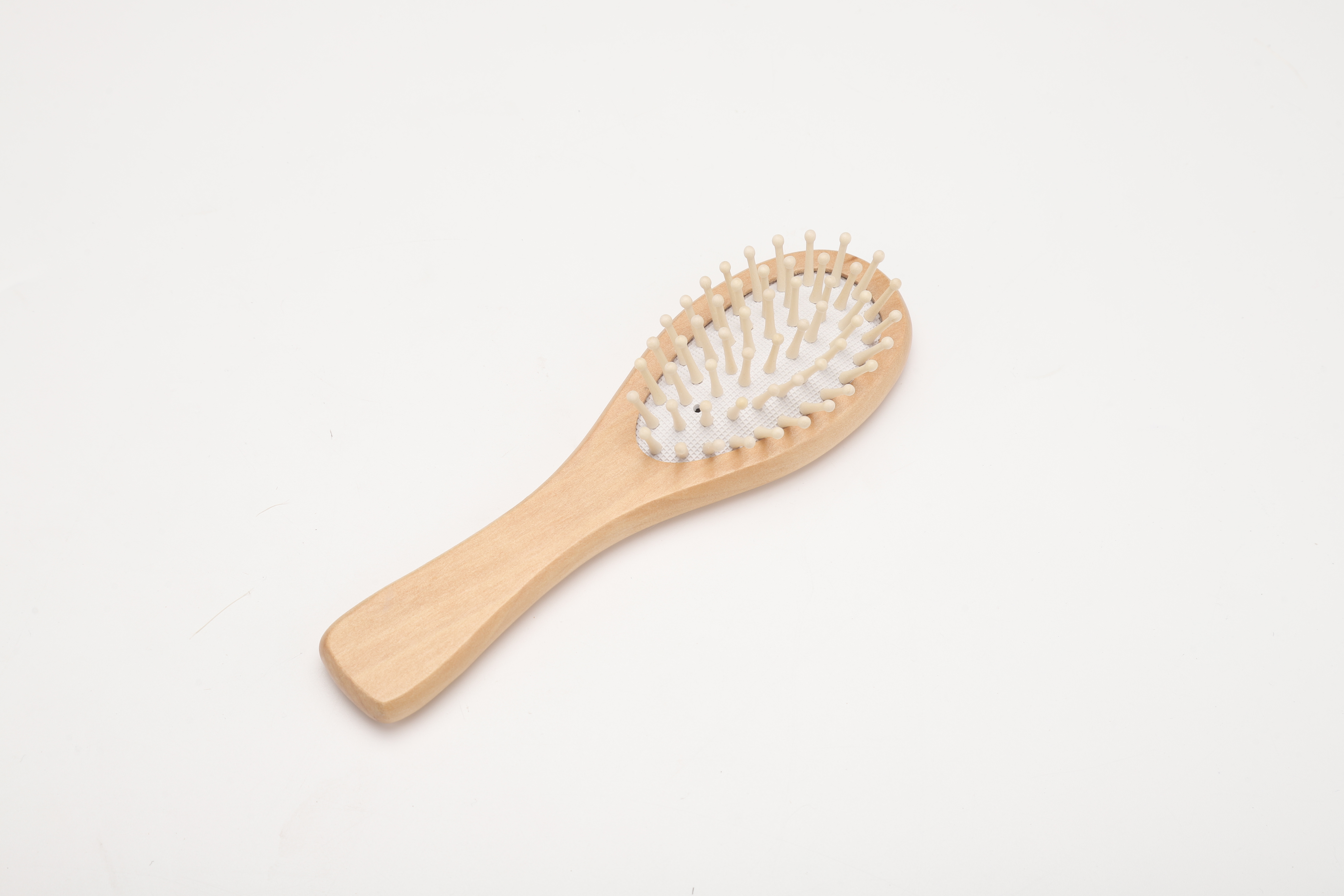
.png)
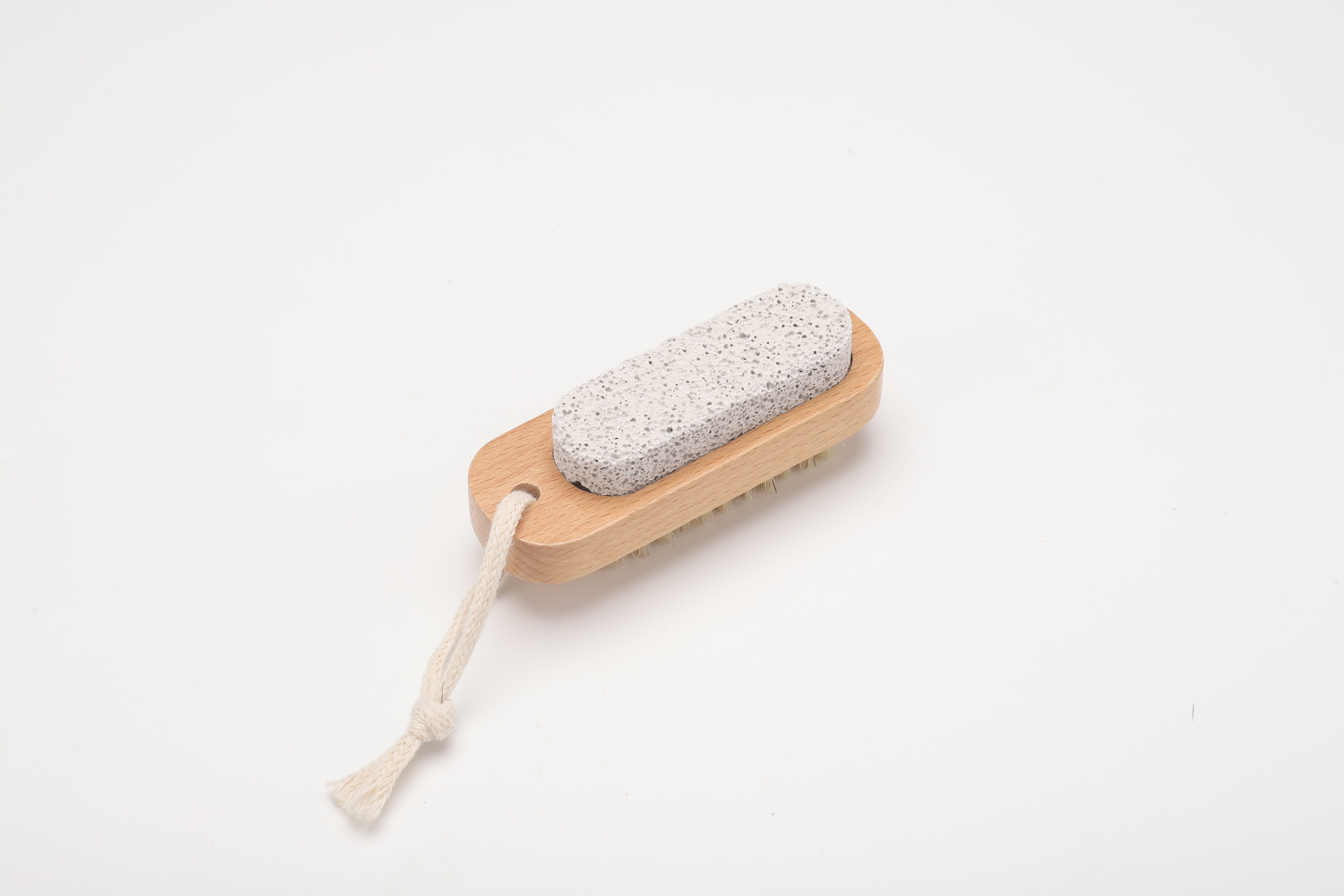
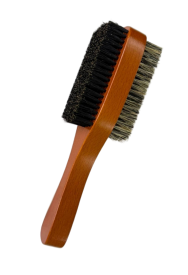

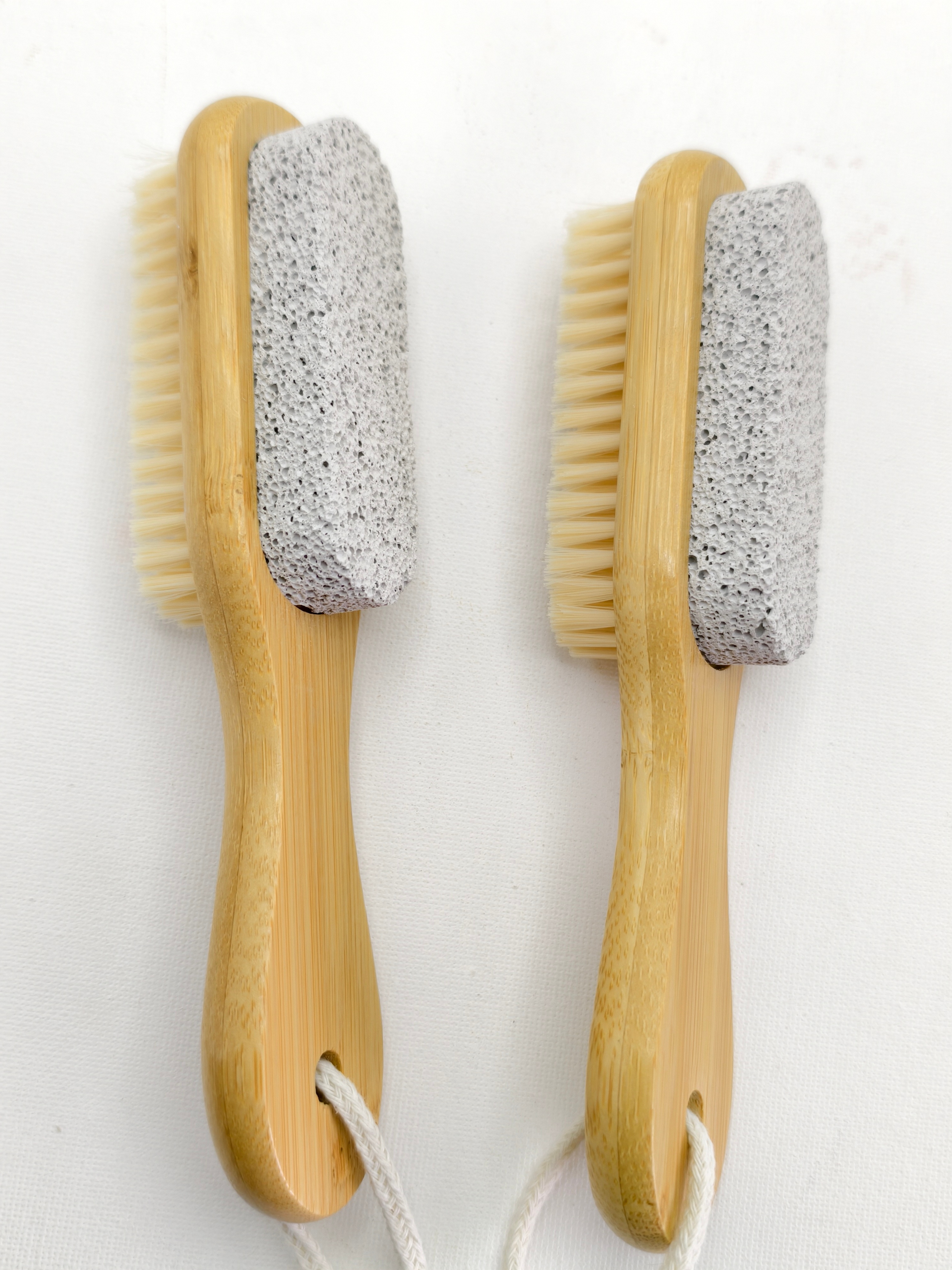
.jpg)
.jpg)
